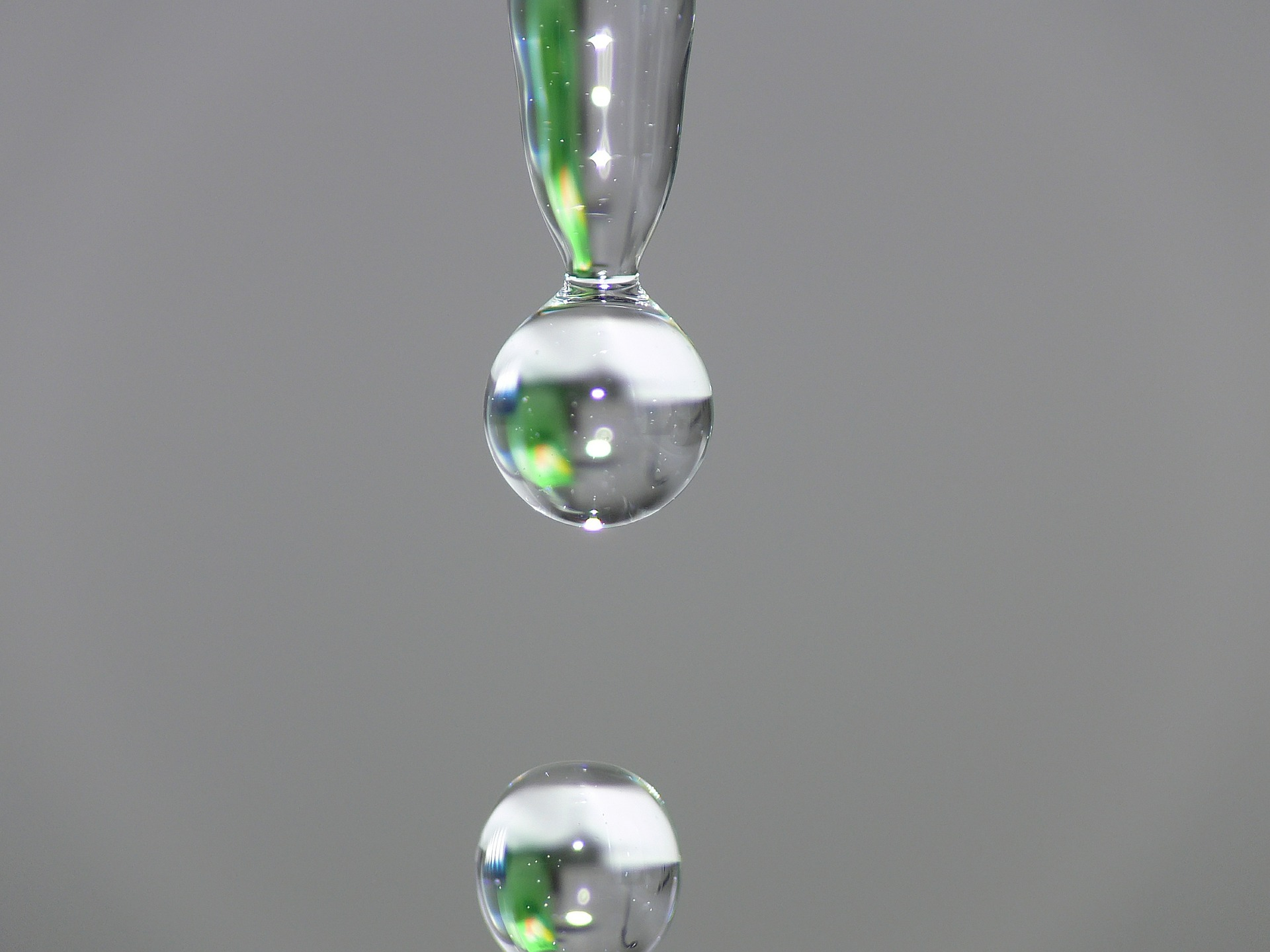
In a previous blog post, we talked about small space hydroponics. And that article gave some ideas for saving space with your hydroponics setups. With this post, we’re going to look at some of the finer details of creating a hydroponic setup. Here are some tips for what you need to know when building your own hydroponic system.
What are drip lines?
Drip lines are basically irrigation hoses for your plants. They carry water and nutrients to the roots. It is important to keep the water moving in your system. That being said, water doesn’t have to flow constantly, and fortunately you can set up a timer that will start up the drip system throughout the day. In addition to the drip lines, your nutrient delivery system will need a pump. The pump is the component that forces water and nutrients through your drip lines, so they should be connected to each other.
Where does the water come from?
Another component your hydroponic system needs is a water reservoir. The reservoir will contain the nutrient solution, made up of water and liquid nutrients like nitrogen, that will flow through the drip system and nourish your plants. This is the place where you will refill the water and fertilizers. The nutrient reservoir is essential for hydroponic gardening because your plants are not growing in a nutrient-rich soil. Instead, they depend on you to provide them with nutrients from the reservoir. The pump connected to the drip lines is placed inside the reservoir, where it will pump the nutrient solution out.
Where do the nutrients go?
Once the water is pumped out of the reservoir and through the drip lines, it trickles down to water your plants. The water should be directed to the plants roots, which will be in a growing medium rather than soil. The growing medium should be absorbent enough that the water doesn’t immediately run through without time for the roots to collect nutrients, but it also should not be so absorbent that the water keeps the roots too moist. After passing through the roots and growing medium, the excess nutrient solution should drip through holes at the bottom of your growing containers and return to the water reservoir, where it can be used again.
Is that all my hydroponic garden needs?
So that’s the basic setup for a recirculating drip system. You have a reservoir filled with water and liquid fertilizer. A water pump sits inside that is connected to tubing. The tubes drip water onto the growing medium for your plants. And then the excess water seeps through the growing medium, through holes in the bottom of your plant containers, and back into the reservoir.
However, there is one more thing you need to know to get the best results from your indoor garden. Most of us know that plants require carbon dioxide to “breathe”, but some may not realize that they also need oxygen. Because hydroponic plants are not grown in soil, you must provide oxygen to their roots. Fortunately, this is easy to do. An air pump placed outside your reservoir can be connected to air tubes, and then the air tubes are placed inside the reservoir. This will pump air (and thus oxygen) into your reservoir. The oxygen bubbles are then carried through the drip lines to your plants’ roots.
By following these steps, you can easily set up your own hydroponic system at home and watch your plants thrive. Follow Indoor Cultivator for more information about indoor gardening and home hydroponics.
